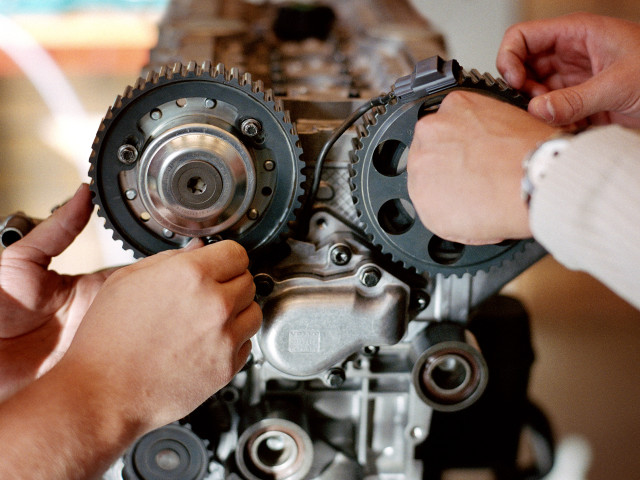Mathematical tools. The fundamental equations of fluid mechanics. The classical wave equation and its solutions. The inhomogeneous wave equation. Lighthills theory for aerodynamic sound. Curles equation. The convective wave equation. Sound propagation in ducts and pipes. Multi-port theory. Sound from moving sources. (”Ffowcs Williams&Hawkings equation”). Fluid driven self sustained oscillators – Whistles. Applications with focus on fluid machines and vehicles.
Laboratory exercise: Measurement of 2-port for a muffler.
Project assignment: Analysis of an exhaust muffler.
